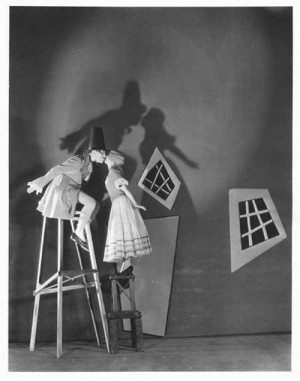
"Zero is an aspiring artist, but he is a wraithlike being, and his ornate appearance makes him even more of a caricature. Just as sound had been approximated in A Hollywood Extra through close ups of a bugle, so zero's playing of the same instrument leads to his meeting with his true love, Beatrix. However, when she is recalled by the Grand Vizier of Afghanistan, their brief union presages the fatal failure of Zero's mingling with the outside world. Reading his future in a mammoth book of destiny filled with grotesque and discouraging words, an organ-grinder brings to play the inexhorable tune of fate to which zero must dance. Zero's life becomes a perpetual nightmare, surrounded by monstrous ghouls, whose giant, deformed faces leer, laugh, mutter, and point as they surround and overwhelm him. In the end, as Zero's name implies , his music, life, and love, count for a sum of nothing" Taves, 104.
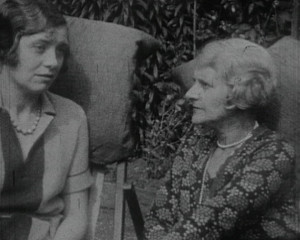
"Amateur filmmaker, cinema historian and railway engineer H.A.V. Bulleid creates a brooding atmosphere in this tale of young love turned sour. When Jack and Daphne seal their love on Lovers' Lane, they promise to meet there every month to commemorate their marriage. Despite starting out as the happiest couple in the world, Jack soon becomes distant and when he is increasingly called away on business, Daphne suspects he may be getting tired of her. And when Jack begins seeing someone else, he asks Daphne for a divorce, with tragic consequences" (EAFA Database).
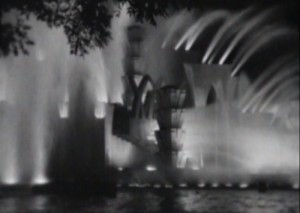
Luci di Parigi: da mattina a sera ed a notte = Lights of Paris: from morning to evening and at night.
"Puppets have gained favor and interest among amateur filmers and Mr. and Mrs. Frank Kallenberg have done a right smart job with a table full of animals from the forest. The story opens with a monkey in a rocking char, reading his cook book. He turns the page to the recipe for ducks. This stimulates him to seek a duck, the capture of which creates quite an uproar among the animals. In the end, Mr. Monkey becomes aware of the error of his ways. This type of work is tedious and painstaking and these filmers have demonstrated their patience and skill in the movement of the many characters in telling a homey little story." PSA Journal, Nov. 1957, 33.
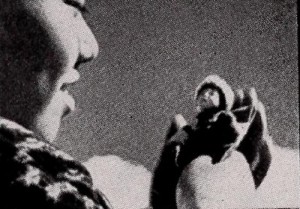
"Possibly the most outstanding features of Okamoto's work were his photography and composition. Many regarded his photography as the finest that had ever been put on motion picture film." American Cinematographer, Dec. 1932, 7.
"Second prize was awarded to Tatsuichi Okamoto of Matsuyama, Japan. Title of his single reeler is 'Lullaby,' which depicts the emotions of a mother singing to her child." Variety, Dec. 13, 1932, 2.
"Shows Don and Phylllis Munday family travelling by boat from Vancouver to Bella Coola, then by pack train into Tweedsmuir Park, and visiting various natural sites" British Columbia Archives.
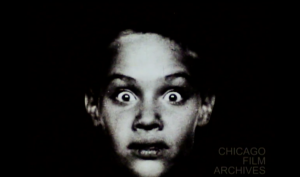
"Expression of the evolution of man out of suffering seen through the use of animated portraits, decaying clay sculptures and various optical effects." Chicago Film Archives
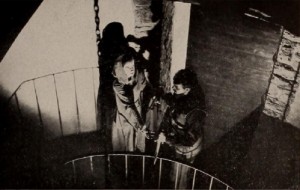
"David Bradley, the dynamic heart of Willow Films, producers of Macbeth, has behind him a long and amazing record of outstanding dramatic pictures. Among these are his productions of The Christmas Carol and Oliver Twist, by Charles Dickens; Emperor Jones, by Eugene O'Neill, and Peer Gynt, by Henrik Ibsen. His Macbeth is the greatest of them all. And in a sense, this moving evocation of the brooding Shakespearian tragedy is the end product of them all — since, in it, Mr. Bradley's creative and cinematic abilities have come fully and splendidly of age. The character of this brilliant achievement may perhaps best be illumined by Mr. Bradley's own words from his plans for the film. "We realized clearly," he has written, "that the strength of our Macbeth must be found in stimulating cinematic treatment, portrayed with such angular camera compositions as to suggest the twisted, supernatural aspects of the drama. We planned our lighting for harsh contrasts and textures, so that, on occasion, the brooding menace of cold, murky stone could almost be felt. For our Macbeth was to be, above all, a movie, depending on atmosphere more than acting, 'punch' more than pomp, for its ultimate success or failure." That it has been success, not failure, is rewardingly the case." Movie Makers, Dec. 1947, 534, 536.
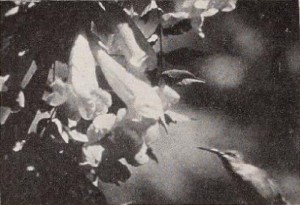
"Birnam Wood has moved again, this time across the ocean from Dunsinane to Cleveland, where Mrs. Warner Seely dons evergreen branches to film Madame Hummer at Home. Thus concealed, Mrs. Seely has made a fascinating record of the life cycle of the hummingbird. Although a dual approach to a film is not generally advisable, she has managed to combine ornithological data with a great deal of human interest. While we are learning much about the habits of the hummingbird, we sense a spirit of friendliness and informality about the film which gives it a wide appeal. A charming introduction leads us from a bird book, out into the garden and finally to the well concealed nest of Madame Hummer. Reaction shots of two young girls discovering the nest and scenes of Mrs. Seely at work in her "elephant hideout," as she calls her camouflaged vantage point, add much to the interest. Verse titles, occasionally too ingenious to scan, contribute to the overall feeling of warmth in this nature picture." Movie Makers, Dec. 1941, 566.
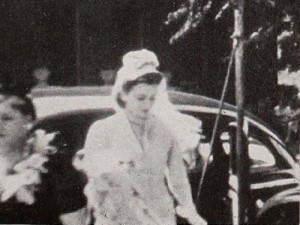
"Although Made in Heaven, by Jesse Geisler, is a carefully planned and sequenced film of the preparations for a wedding and the wedding itself, it gives the effect of complete realism, tinctured with good humor and the joy of life. The preparations are gay, as the bride's friends help her to dress, producing "something old, something new, something borrowed and something blue" in the traditional way. The Jewish orthodox ceremony is handled with simple dignity and then, with the section presenting the wedding party, the film resumes its lighter treatment. Transitions from one sequence to another are excellently handled, and the scenes of the wedding party represent an outstanding accomplishment, for it is not easy to make good movies at such an occasion." Movie Makers, Dec. 1943, 478.
Total Pages: 203